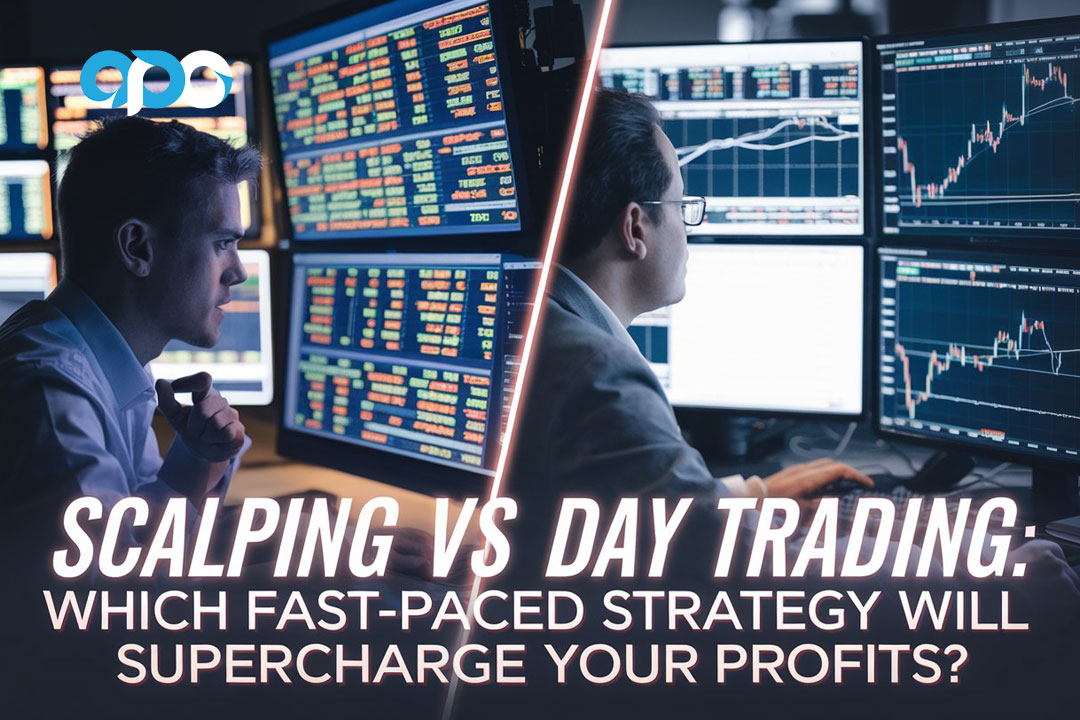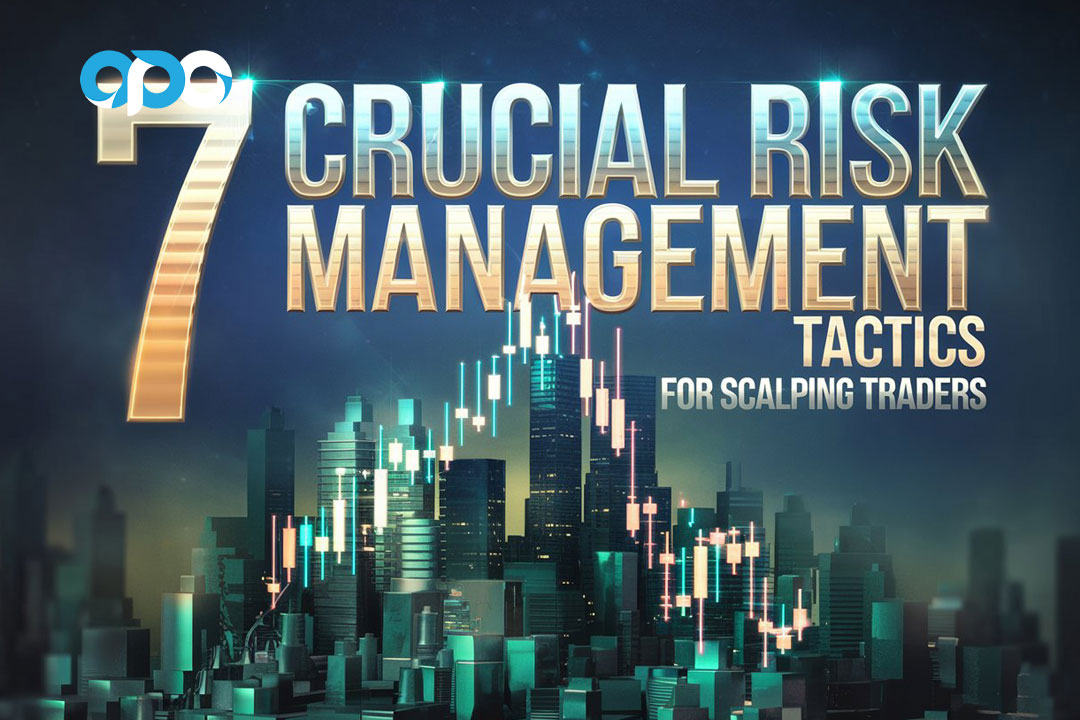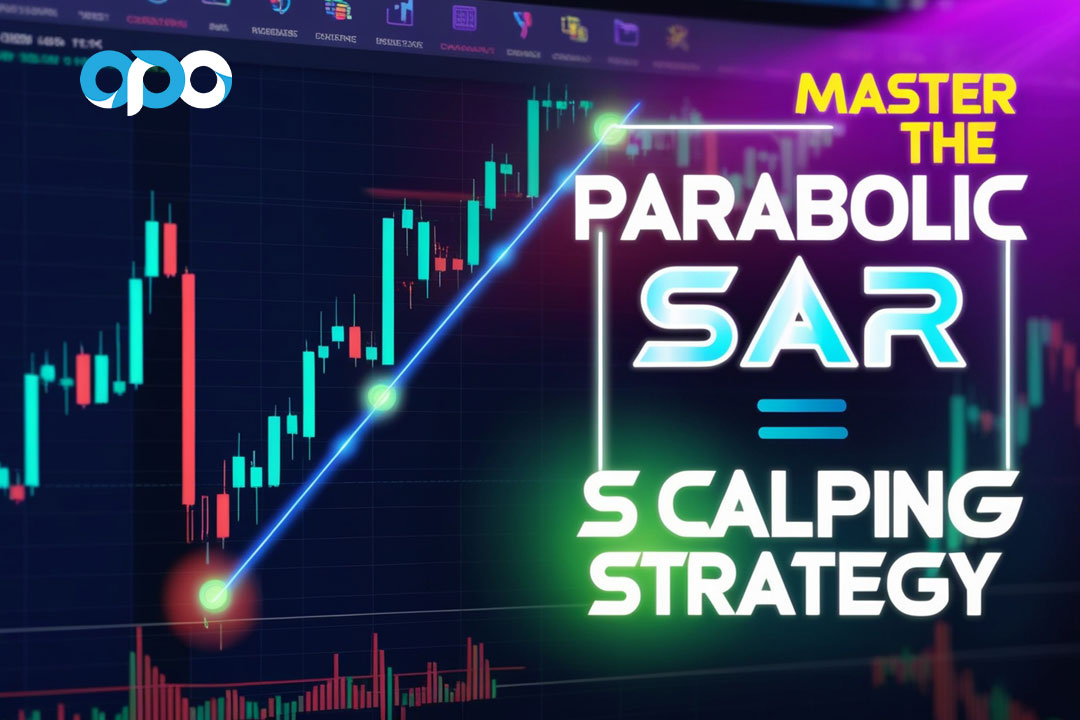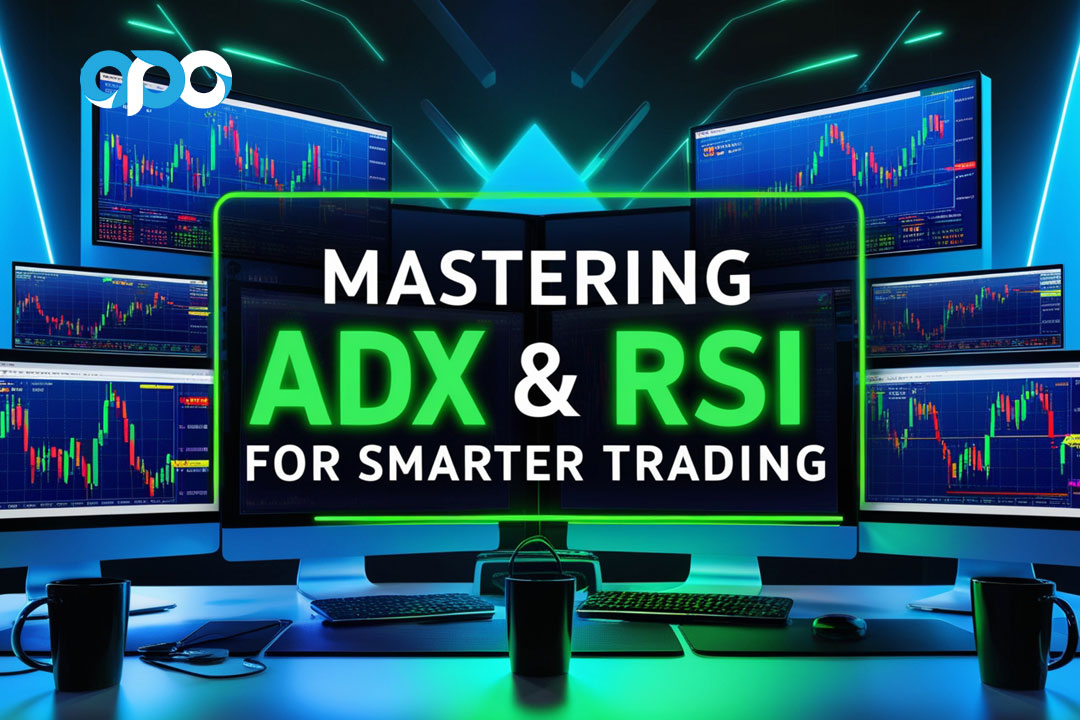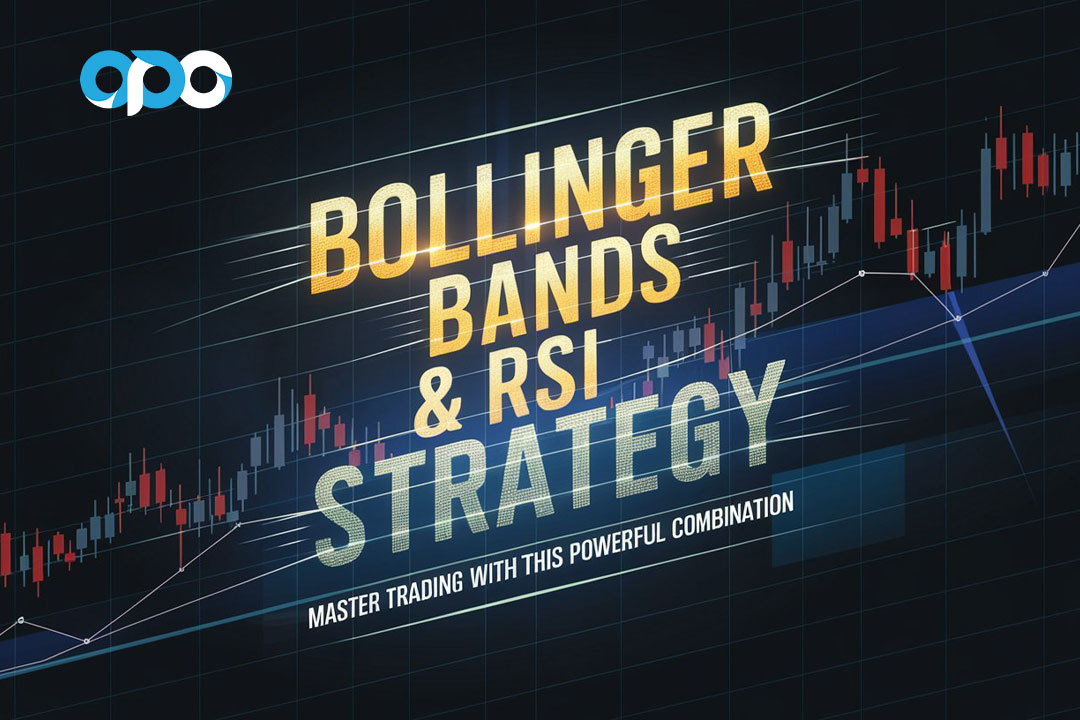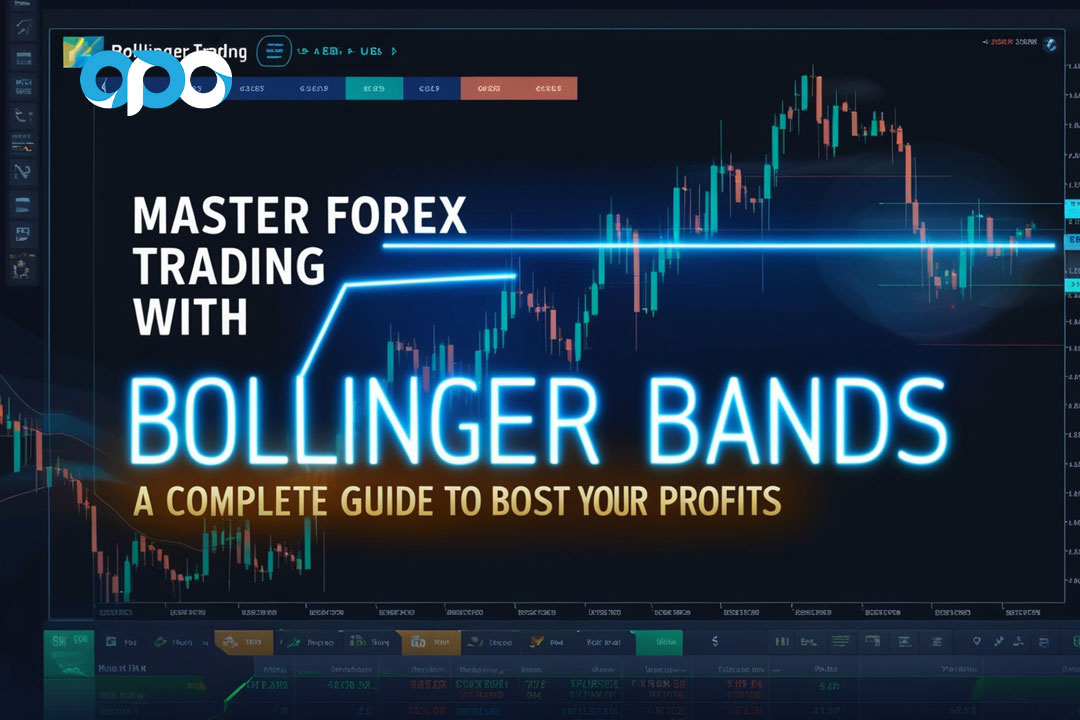Scalping and day trading are two distinct short-term trading strategies that differ primarily in their time frames and execution methods. Scalping involves making numerous trades within seconds or minutes to profit from small price movements, while day trading focuses on capturing larger intraday price swings over several hours. Both scalping vs day trading strategies aim to capitalize on market volatility, but they require different skills, tools, and mindsets to execute successfully. This comprehensive guide will explore the key differences between scalping and day trading, helping you determine which fast-paced strategy aligns best with your trading goals and personality.
As we delve into the intricacies of scalping vs day trading, it’s essential to understand that both approaches demand discipline, quick decision-making, and effective risk management. Whether you’re a novice trader exploring these strategies or an experienced market participant looking to refine your approach, this article will provide valuable insights to inform your trading journey. To execute these strategies effectively, partnering with a reputable online forex broker is crucial, as it ensures access to the necessary tools, liquidity, and execution speeds required for success in fast-paced trading environments.
Understanding Scalping

What is Scalping?
Scalping is an ultra-short-term trading strategy that aims to profit from minimal price changes in a security. Scalpers typically hold positions for just a few seconds to a few minutes, rarely exceeding an hour. The goal is to make numerous small profits throughout the day, which can add up to significant gains over time.
Key Characteristics of Scalping
- High frequency: Scalpers may execute dozens or even hundreds of trades per day.
- Tight spreads: Scalpers focus on highly liquid markets to minimize transaction costs.
- Strict risk management: Stop-loss orders are crucial due to the rapid nature of trades.
- Technical analysis: Scalpers rely heavily on charts and technical indicators for quick decision-making.
- Emotional discipline: The fast-paced environment requires exceptional emotional control.
Pros of Scalping
- Potential for consistent small profits
- Reduced exposure to overnight risk
- Ability to profit in various market conditions
- Less reliance on fundamental analysis
- Opportunity to compound gains quickly
Cons of Scalping
- High stress and intense concentration required
- Significant time commitment
- Higher transaction costs due to frequent trading
- Requires advanced trading tools and low-latency execution
- Increased susceptibility to short-term market noise
Understanding Day Trading
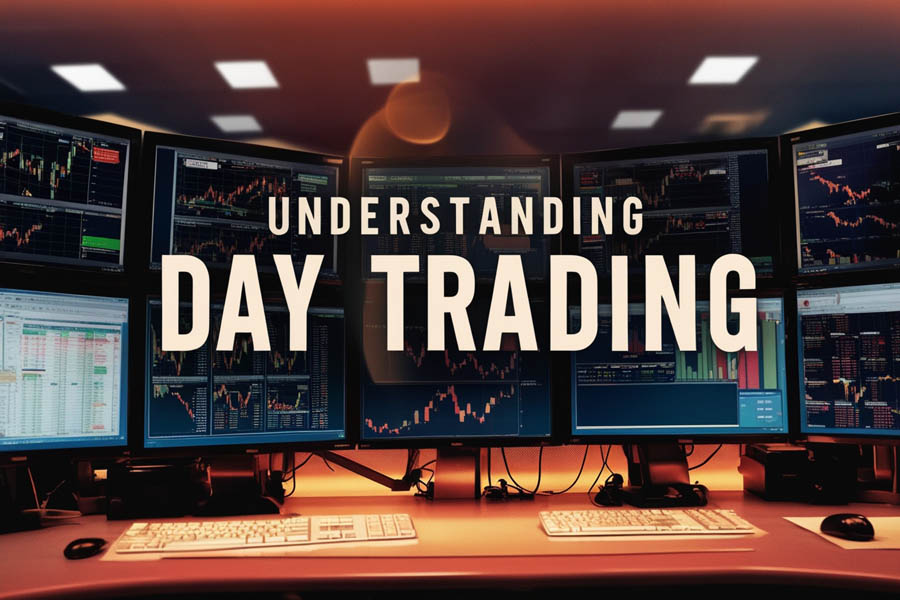
What is Day Trading?
Day trading involves opening and closing positions within the same trading day. Unlike scalpers, day traders may hold positions for several hours, seeking to capitalize on intraday trends and price swings. The primary goal is to avoid overnight exposure and benefit from short-term market movements.
Key Characteristics of Day Trading
- Intraday focus: All positions are closed before the market closes.
- Moderate frequency: Day traders typically make 3-5 trades per day on average.
- Technical and fundamental analysis: Both play a role in decision-making.
- Risk management: Stop-loss and take-profit orders are essential.
- Diverse strategies: Various approaches can be employed, such as momentum trading or reversal trading.
Pros of Day Trading
- Potential for larger profits per trade compared to scalping
- More time for analysis and decision-making
- Lower transaction costs than scalping
- Opportunity to capture intraday trends
- Ability to incorporate fundamental analysis
Cons of Day Trading
- Requires significant capital to be effective
- Full-time commitment during market hours
- Emotional challenges due to larger price swings
- Missed opportunities outside of trading hours
- Higher risk of overnight gaps affecting open positions
Scalping vs Day Trading: Key Differences
Time Frame
The most apparent difference between scalping and day trading is the time frame. Scalpers operate on a microscopic level, often holding positions for mere seconds or minutes. Day traders, on the other hand, may hold positions for several hours within a single trading day. This difference in time frame significantly impacts the trading approach, tools used, and potential profit targets.
Number of Trades
Scalpers typically execute a much higher number of trades compared to day traders. While a scalper might make 10-100 trades per day, a day trader usually limits their activity to 3-5 trades. This difference in trading frequency affects transaction costs, stress levels, and the overall trading strategy.
Profit Targets
Scalpers aim for smaller profit targets, often just a few pips or cents per trade. Day traders seek larger price movements and may target profits of 1% or more per trade. The difference in profit targets influences risk management strategies and position sizing for each approach.
Analysis Methods
Scalping relies heavily on technical analysis and chart patterns, with little regard for fundamental factors. Day trading incorporates both technical and fundamental analysis, allowing for a more comprehensive approach to market analysis. This difference in analysis methods affects the types of indicators and tools used by traders in each strategy.
Stress Levels
While both strategies can be stressful, scalping is generally considered more intense due to the rapid decision-making required and the higher frequency of trades. Day trading, while still demanding, allows for more breathing room between trades and during analysis.
Capital Requirements
Day trading often requires more capital than scalping, as larger price movements are targeted, and positions may be held for longer periods. Scalpers can potentially start with smaller accounts, but they must be mindful of transaction costs eating into their profits.
Which Strategy is Right for You?

Choosing between scalping and day trading depends on various factors, including:
- Personality: Scalping suits those who thrive on adrenaline and quick decision-making, while day trading may be better for those who prefer a more measured approach.
- Time commitment: Both strategies require significant time, but scalping demands constant attention during trading hours, while day trading allows for more flexibility.
- Capital: Consider your available trading capital and risk tolerance when choosing a strategy. Day trading typically requires a larger account balance to be effective.
- Market knowledge: Day trading may require a deeper understanding of market fundamentals compared to scalping, which focuses primarily on technical analysis.
- Technology: Ensure you have access to the necessary tools and low-latency execution for your chosen strategy. Scalping, in particular, demands top-tier technology and execution speeds.
- Risk tolerance: Assess your ability to handle frequent small losses (scalping) versus fewer but potentially larger losses (day trading).
- Analytical skills: Consider your strengths in technical and fundamental analysis when deciding between these strategies.
Essential Tools for Scalping and Day Trading
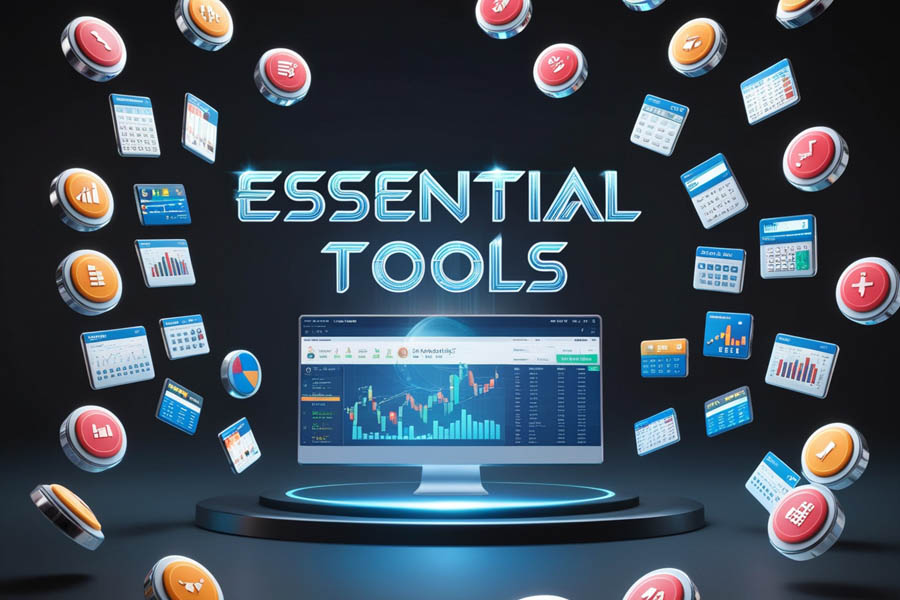
Charting Software
Both scalpers and day traders rely on advanced charting software to analyze price movements and identify trading opportunities. Look for platforms that offer:
- Real-time data feeds
- Customizable indicators and oscillators
- Multi-timeframe analysis capabilities
- Drawing tools for trend lines and support/resistance levels
- Heat maps and market depth information
Order Execution Tools
Fast and reliable order execution is crucial, especially for scalpers. Consider using platforms that offer:
- One-click trading functionality
- Advanced order types (e.g., OCO, trailing stops)
- Direct market access (DMA) for reduced latency
- Customizable hotkeys for rapid order placement
Risk Management Tools
Implement robust risk management tools to protect your capital:
- Stop-loss and take-profit orders
- Position sizing calculators
- Risk-reward ratio analyzers
- Trailing stops for protecting profits
- Volatility-based position sizing tools
News Feeds
While more important for day traders, real-time news feeds can provide valuable insights into market-moving events for both strategies:
- Economic calendar with customizable alerts
- Breaking news notifications
- Social media sentiment analysis tools
- Market commentary from professional analysts
Performance Analytics
Track and analyze your trading performance to identify areas for improvement:
- Trade journaling software
- Performance metrics (e.g., win rate, average profit/loss)
- Equity curve analysis tools
- Psychological profiling tools to assess emotional impacts on trading
Risk Management in Scalping and Day Trading
Effective risk management is crucial for success in both scalping and day trading. Consider the following tips:
- Set strict stop-loss levels: Determine your maximum acceptable loss per trade and stick to it rigorously. For scalpers, this may be just a few pips, while day traders might allow for wider stops.
- Use proper position sizing: Never risk more than 1-2% of your account on a single trade. Adjust your position size based on the distance to your stop-loss to maintain consistent risk across trades.
- Implement a risk-reward ratio: Aim for a minimum 1:2 risk-reward ratio to ensure long-term profitability. This means your potential profit should be at least twice your potential loss on each trade.
- Monitor your emotions: Be aware of psychological factors that can lead to impulsive decisions. Use techniques like meditation or journaling to maintain emotional equilibrium during trading sessions.
- Keep a trading journal: Track your performance and analyze your trades to identify areas for improvement. Include both quantitative data (e.g., entry/exit prices, profit/loss) and qualitative information (e.g., emotional state, market conditions).
- Use correlation analysis: Be mindful of correlated positions that may inadvertently increase your overall risk exposure. Diversify your trades across different markets or assets when possible.
- Implement circuit breakers: Set daily loss limits to prevent excessive drawdowns. If you reach your daily limit, stop trading and reassess your strategy.
- Regular strategy evaluation: Periodically review and backtest your trading strategy to ensure its continued effectiveness in current market conditions.
Common Mistakes to Avoid
Overtrading
Both scalpers and day traders can fall into the trap of overtrading, leading to increased transaction costs and emotional fatigue. Stick to your trading plan and avoid the temptation to chase every market movement. Remember that patience is often more profitable than hyperactivity.
Ignoring Market Conditions
Be aware of overall market conditions and adjust your strategy accordingly. High-volatility periods may require different approaches than calm markets. Pay attention to:
- Major economic releases
- Central bank announcements
- Geopolitical events
- Seasonal market patterns
Neglecting Education
Continuous learning is essential in the fast-paced world of short-term trading. Stay updated on:
- Market trends and evolving patterns
- New trading strategies and techniques
- Technological advancements in trading tools
- Regulatory changes affecting your chosen markets
Failing to Adapt
Markets are constantly evolving, and successful traders must be willing to adapt their strategies to changing conditions. Regularly review and refine your approach to stay ahead of the curve. Consider:
- Adjusting your trading timeframes
- Exploring new markets or asset classes
- Incorporating machine learning or AI-driven analysis
- Collaborating with other traders to gain fresh perspectives
Overleverage
While leverage can amplify profits, it also magnifies losses. Use leverage judiciously and always consider the worst-case scenario when determining position sizes. Remember that preserving capital is paramount to long-term trading success.
OpoFinance: Your Trusted Partner for Scalping and Day Trading
When it comes to executing your scalping or day trading strategy, choosing the right broker is crucial. OpoFinance, an ASIC-regulated forex broker, offers a comprehensive suite of tools and services tailored to meet the needs of short-term traders. With competitive spreads, lightning-fast execution, and a robust trading platform, OpoFinance provides the perfect environment for both scalpers and day traders to thrive.

One standout feature of OpoFinance is its innovative social trading service, which allows traders to connect with and learn from experienced professionals. This can be particularly beneficial for those new to scalping or day trading, as it provides valuable insights into real-time market analysis and decision-making processes.
By partnering with OpoFinance, you’ll gain access to:
- Advanced charting tools and technical indicators
- Rapid order execution with minimal slippage
- Comprehensive risk management features
- A wide range of tradable assets, including forex, commodities, and CFDs
- Dedicated customer support to assist you in your trading journey
Whether you’re a seasoned scalper or a budding day trader, OpoFinance offers the tools, support, and regulatory oversight necessary to help you achieve your trading goals. Their commitment to providing a secure and efficient trading environment makes them an ideal partner for traders looking to excel in the fast-paced world of scalping and day trading.
Conclusion
Scalping and day trading are both powerful strategies for capitalizing on short-term market movements. While scalping offers the potential for numerous small profits through rapid-fire trades, day trading allows for a more measured approach with larger price targets. The key to success in either strategy lies in understanding your own strengths, limitations, and risk tolerance.
As you embark on your journey in short-term trading, remember that practice and continuous learning are essential. Start with a demo account to hone your skills, and gradually transition to live trading as you gain confidence and consistency. Whether you choose scalping, day trading, or a combination of both, always prioritize risk management and emotional discipline.
By partnering with a reputable broker like OpoFinance and staying committed to your trading education, you’ll be well-equipped to navigate the exciting world of fast-paced trading strategies. Remember, success in trading is a marathon, not a sprint – stay focused, stay disciplined, and let your profits compound over time.
Ultimately, the choice between scalping and day trading comes down to your individual preferences, skills, and resources. Both strategies offer unique advantages and challenges, and many successful traders incorporate elements of both into their overall trading approach. As you gain experience, you may find that a hybrid strategy combining aspects of scalping and day trading works best for your trading style and goals.
Whichever path you choose, remember that consistent profitability in trading requires dedication, continuous learning, and a willingness to adapt to ever-changing market conditions. Stay informed, manage your risks carefully, and always trade within your means. With the right mindset, tools, and support, you can harness the power of scalping and day trading to potentially supercharge your trading profits and achieve your financial goals.
How does leverage affect scalping and day trading strategies?
Leverage can significantly amplify both profits and losses in scalping and day trading. While it allows traders to control larger positions with less capital, it also increases risk. Scalpers often use higher leverage due to smaller price movements, while day traders may opt for lower leverage to accommodate larger swings. It’s crucial to use leverage responsibly and understand its impact on your trading strategy.
Can algorithmic trading be applied to scalping and day trading?
Yes, algorithmic trading can be effectively applied to both scalping and day trading strategies. Automated systems can execute trades based on predefined criteria, potentially improving speed and reducing emotional decision-making. However, developing and maintaining successful trading algorithms requires significant expertise and ongoing optimization.
How do economic calendars impact scalping vs day trading approaches?
Economic calendars play a more significant role in day trading compared to scalping. Day traders often incorporate scheduled economic releases into their strategies, adjusting positions accordingly. Scalpers, due to their ultra-short time frames, may choose to avoid trading during major news events to minimize unpredictable volatility. Understanding the impact of economic calendars on your chosen strategy is essential for effective risk management.
